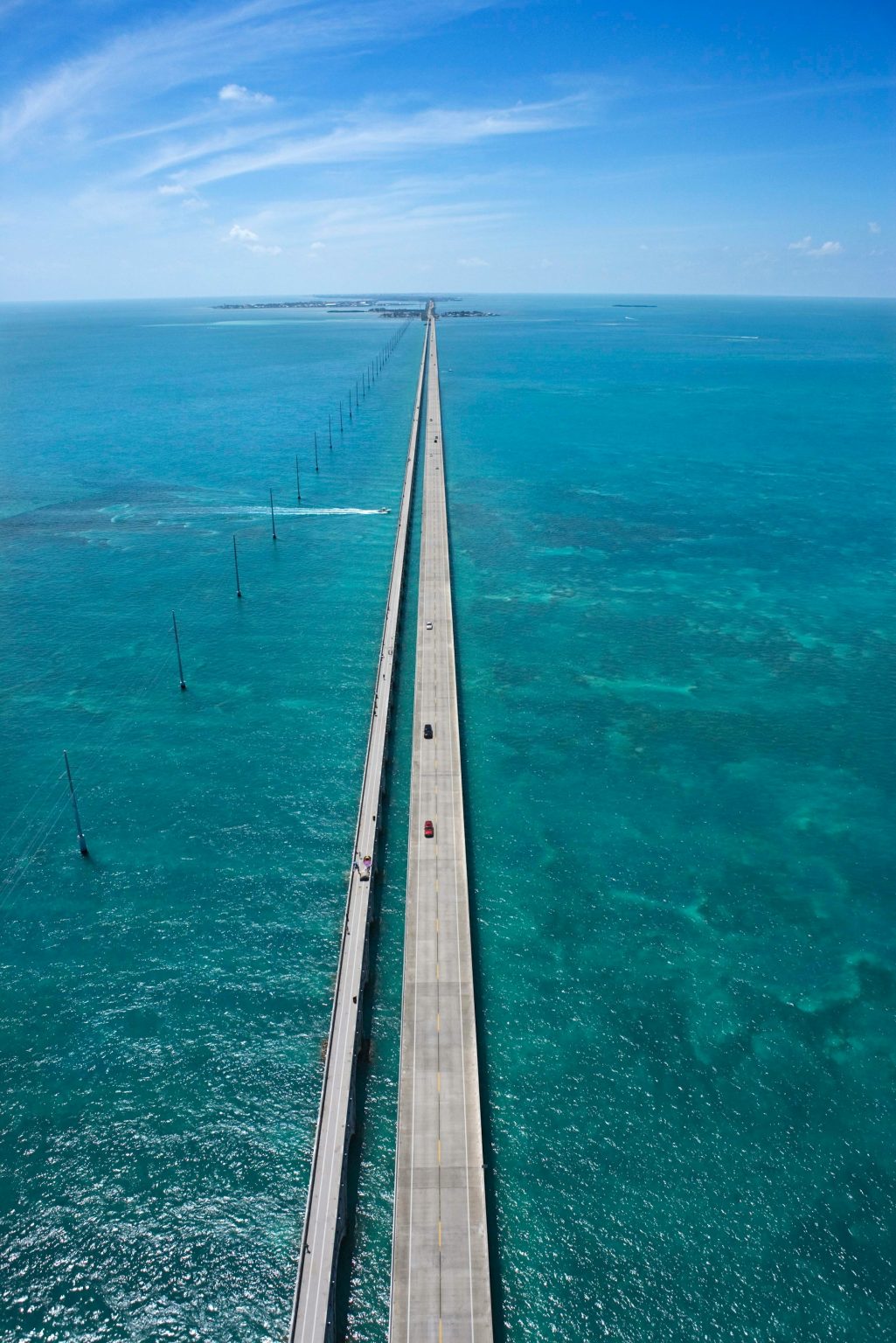Paul Simonson is a Florida-certified public accountant who lived and was raised in the Florida Keys and is a certified divemaster. This article will take a closer look at the Florida Keys, providing an overview of the different islands and their main attractions.
Situated closer to Cuba than Miami, Key West is the southernmost part of Florida, this subtropical paradise offering a unique blend of natural beauty, history, architecture, cultural diversity, and unabashed romantic appeal. Here, tin-roofed conch houses vie with gingerbread-house-like mansions, with the region having attracted the rich and famous over the years, including the likes of Tennessee Williams and Ernest Hemingway. Key West’s heritage was largely inspired by commercial fisherman, Cuban cigar makers, and Bahamian wreckers. Today’s residents and visitors actively participate in diving, watersports, fishing, and golf by day. Sunset in Key West is marked by a celebration in Mallory Square every evening, where musicians, acrobats, and jugglers gather to perform against the ethereal backdrop of a fiery red sun plunging into the Gulf of Mexico.
Home to two national wildlife refuges as well as a state park and natural marine sanctuary brimming with abundant wildlife, the Lower Keys is a quieter region that benefits from a strong sense of community and a rich history which is renowned for its native wildernesses. In terms of accommodation, visitors have a diverse array of different options to choose from, ranging from licensed vacation homes and quaint B&Bs to campgrounds, RV parks, and family-owned resorts. Here, vacationers can take a boat trip exploring the Lower Key’s crystal-clear waters and remote sandbars or head further out on an angling adventure in the deep blue water beyond the reef. Known for its powdery white sand beaches and magnificent sunsets, Bahia Honda State Park in the Lower Keys ranks among the finest beaches in the whole of America. Meanwhile, Big Pine Key is home to the National Deer Refuge, a vast expanse of largely undeveloped pineland inhabited by the diminutive Key deer.
Covering approximately 10 miles in total, Marathon is a family-orientated island community located in the middle of the Florida Keys island chain. Comprising Fat Deer Key, Grassy Key, and Vaca Key, Marathon boasts numerous private waterfront vacation homes as well as small hotels, beachside inns, and several tropical resorts. The region is renowned for its waterside restaurants and annual seafood festivals, tantalizing tourists with its lobster, stone crab claws, and fresh fish caught daily from Marathon’s bountiful waters.
Situated between the deep blue waters of the Florida Straight and the saltwater wilderness of Everglades National Park, Islamorada consists of six islands: Upper Matecumbe Key, Lower Matecumbe Key, Windley Key, Plantation Key, and the offshore islands of Lignumvitae Key and Indian Key. Popular with professional offshore and backcountry charter boats, Islamorada’s village of islands is where saltwater fly fishing and backcountry sport fishing were pioneered. Highly skilled recreational fishing guides continue to ply their trade here today in the style of legendary anglers like Jimmy Albright, Cecil Keith, and Ted Williams. Islamorada is the only place on the planet where it is possible to catch sailfish offshore and pursue tarpon, bonefish, snook, redfish, and permit in the shallow backcountry all in the same day.
The first and northernmost of the Florida Keys, Key Largo is home to a national park, two state parks, and a large swathe of a national marine sanctuary. Boasting fascinating botanical scenery and an array of rare and interesting terrestrial and marine wildlife, Key Largo is popular among snorkelers, scuba divers, sports fishers, and eco tourists, even boasting an underwater hotel. Land-based attractions on the island include nature trails meandering through Dagny Johnson Key Largo Hammock Botanical State Park, as well as a rehabilitation center for birds.

